Large Block Method To Calculate Heart Rate Ecg Medical Training • The 300, 150, 100, 75, 60, 50 method involves locating an R wave on a bold line on the ECG paper, then finding the next consecutive R wave and using the 300, 150, 100, 75, 60, 50 values for subsequent bold lines to determine the rate • To use the 1500 method An alternative 1 The Cardiac Ruler or Sequence Method Count the number of big boxes between R waves and count using the following numbers This can only be used on regular rhythms and not on irregular rhythmsThe EKG measures time on its horizontal axis and voltage on its vertical axis EKG paper runs at a standard 25 mm per second EKG paper is divided in a standard grid • , each small block = 30 bpm • , each small block = 10 bpm • , each small block = 5 bpm
2
Ecg 300 150 100 75
Ecg 300 150 100 75-Ecg (1)pptx the ecg representation the heart conduction system \u22 \u22 heart sounds \u22 \u22 ecg paper \u22 0 150 300 75 100 bpm 50 60 42 \u22 1 sec 02Place the beginning point of a cardiac ruler over an R wave Look at the number on which the next R wave falls and that becomes the heart rate for that patient Use the following numbers to indicate what the heart rate is between two successive R waves 300, 150, 100, 75, 60, 50, 43, 37, 33, 30 Method # 2 The Six Second Tracing Method
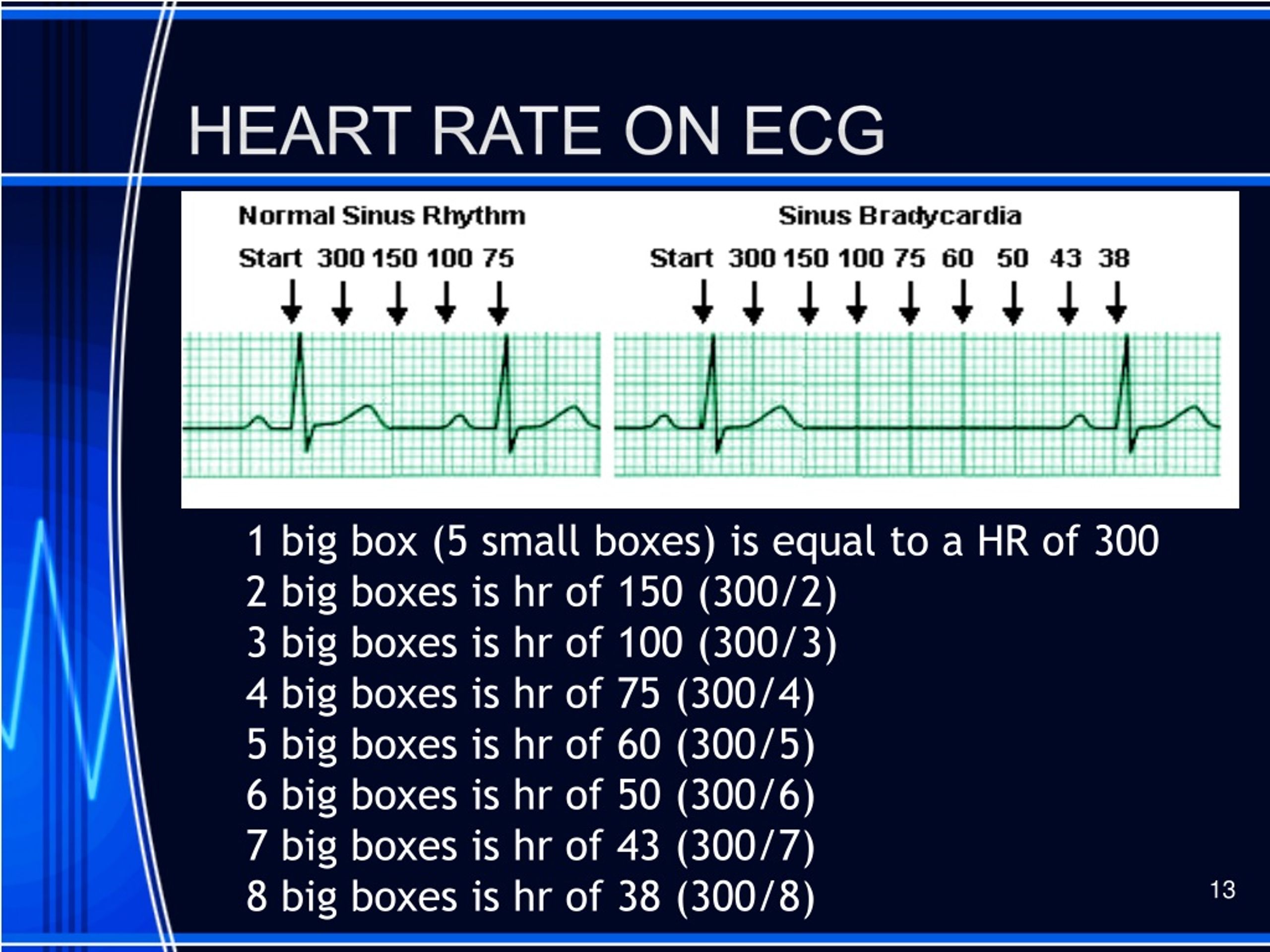



Ppt Nursing Interpretation Of The Electrocardiogram Ecg Telemetry Powerpoint Presentation Id
300 150 100 75 60 50 43 2 Rate greater than 100 bpm ECG Criteria Rate greater than Sinus tachycardiaSinus tachycardia • มกเัป นการสสสนองตอบทางสรระของรางกายตามี ปกติไมจาเ ํป นตองรกษา ัจาเพาะํ1 find an R wave that falls on a bold line 2 count # of LARGE boxes until next R wave (300, 150, 100, 75, 60, 50) *if the second R wave does not fall on a bold line, ESTIMATE HR (if it falls between the 4th and 5th bold line, HR = between 60 and 75, so HR = 70 bpm)Standard 12lead ECGs at 6 different upperfrequency cutoff (40, 100, 150, 0, 300, and 400 Hz) were collected All ECGs were then transmitted to the remote clinic center Ventricular and atrial pacing were analyzed by 2 independent medical practitioners
12/2/16 3 A Second Look SA Node – bpm Max 150 AV/Junctional Node –4060 bpm Purkinje/Ventricles 40 bpm 13 The Pacing Principle The SA node is the inherent pacemaker of the heart However, the pacemaker that is firing the fastest at Estimate the rate At a paper speed of 25 mm/second 1 SMALL square = 004 seconds;300 150 100 75 60 250 214 187 167 136 125 115 107 94 79 71 68 65 62 START " 300 " " 150 " " 100 " "75""60""50" Using the triplets Name the lines following the "Start" line
300 150 100 75 60 250 214 187 167 136 125 115 107 94 79 71 68 65 62 START "300" "150" "100 Rapid Interpretation of EKG's by Dale Dubin, MD COVER Publishing Co, PO Box , Fort Myers, FL , USA 1Details Memorize the following sequence of numbers as stated in the ECG Strip Ease Book, "300, 150, 100, 75, 60,50 4" Start with the pwave or rwave (according to which rate you are measuring) closest to a heavy line on the EKG paper Assign the next › Verified 3 days agoQRS complexes found in a 6second portion of the ECG tracing • The 300, 150, 100, 75, 60, 50 method involves locating an R wave on a bold line on the ECG paper, then finding the next consecutive R wave and using the 300, 150, 100, 75, 60, 50 values for subsequent bold lines to determine the rate




Determining Rate Learn The Heart




Dubin S Rapid Interpretation Of Ekg Flashcards Quizlet
Memorize the following sequence of numbers as stated in the ECG Strip Ease Book, "300, 150, 100, 75, 60,50 4" Start with the pwave or rwave (according to which rate you are measuring) closest to a heavy line on the EKG paper Assign the next series of heavy lines the six numbers respectivelyIn this video, I demonstrate how to use the Big Box Method (AKA "the 300 method") to determine the heart rate on an ECG Check out the 6 second method tooOr ECG AZ by diagnosis and Killer ECG patterns
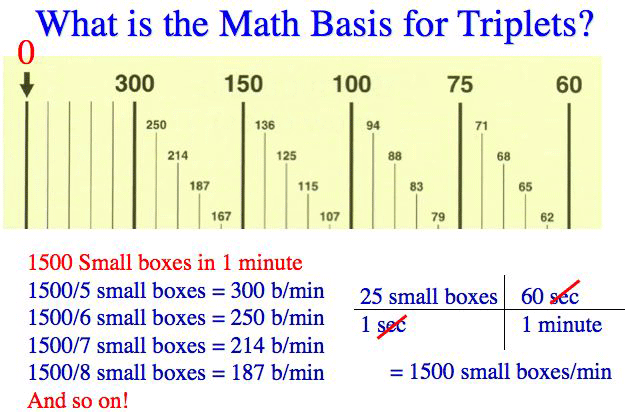



Triplets R To R 6 Second Heart Rate Method
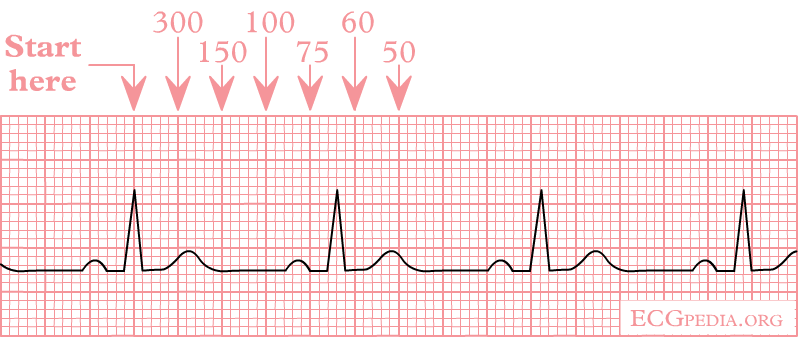



File De Ecgfreq Png Ecgpedia
The ECG has a grid with thick lines 5 mm apart (= 0, second) and thin lines 1 mm (0,04 second) There are three simple methods to determine the heart rate (HR) The square counting method The square counting method is ideal for regular heart rates Use the sequenceBelow is an image showing the significance of small and large squares in an ECG paper Determining the heart rate can be done using one of these three methods First method Counting the squares Use the sequence2 150 What angle is the aVL lead lined up at?30 300, 150, 100, 75, 60, 50 Which interval represents time to activate ventricles?
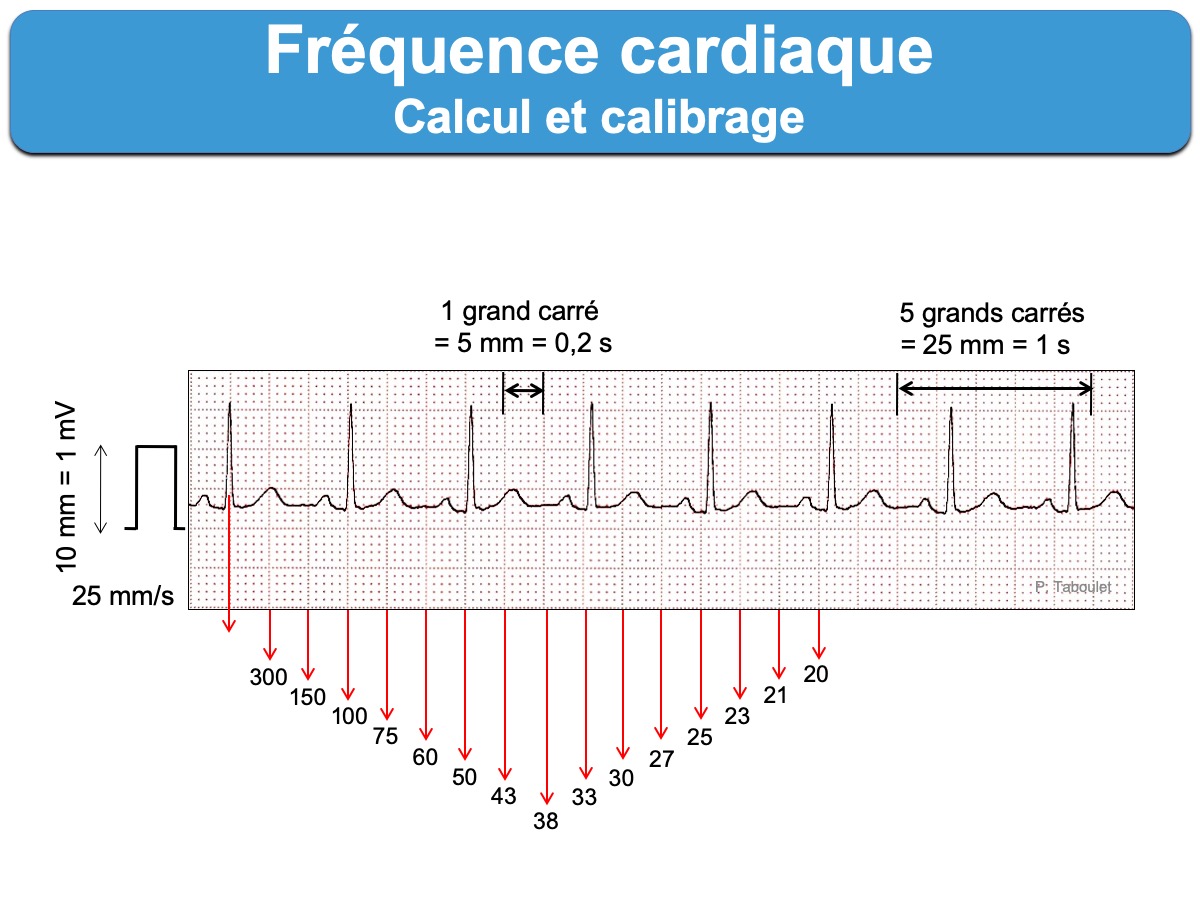



Frequence Cardiaque E Cardiogram




Ecg Interpretation Interactive Case Studies Pages 1 42 Flip Pdf Download Fliphtml5
Resting tab Electrodes (box of 1,000) 100 E cgs paper–cp 300 (150 sheets/pack) lead patient cable, aHa, cp 300, banana plugs, (2 m) Ecg utility c art, cp 100/cp 0/cp 300 office cart Hospital cart 1027 cp 300 cart, with shelf and basket cp 300 Shelf cable arm for cp 300 cartThe dark vertical lines correspond to 300, 150, 100, 75, 60, and 50 bpm For example, if there are three large boxes between R waves, the patient's heart rate is 100 bpm There are more accurate ways to determine heart rate from ECG, but in lifesaving scenarios, this method provides a• 300 method – 300, 150, 100, 75, 60 Rate • 10 second method • Each EKG is 10 seconds • Count total QRS complexes • Multiply by 6 Rate • Normal 60 – 100 • Bradycardia < 60 • Tachycardia > 100 Rhythm • Sinus •Atrial • Supraventricular • Junctional • Ventricular




Ecg Rate Interpretation Litfl Medical Blog Ecg Library Basics
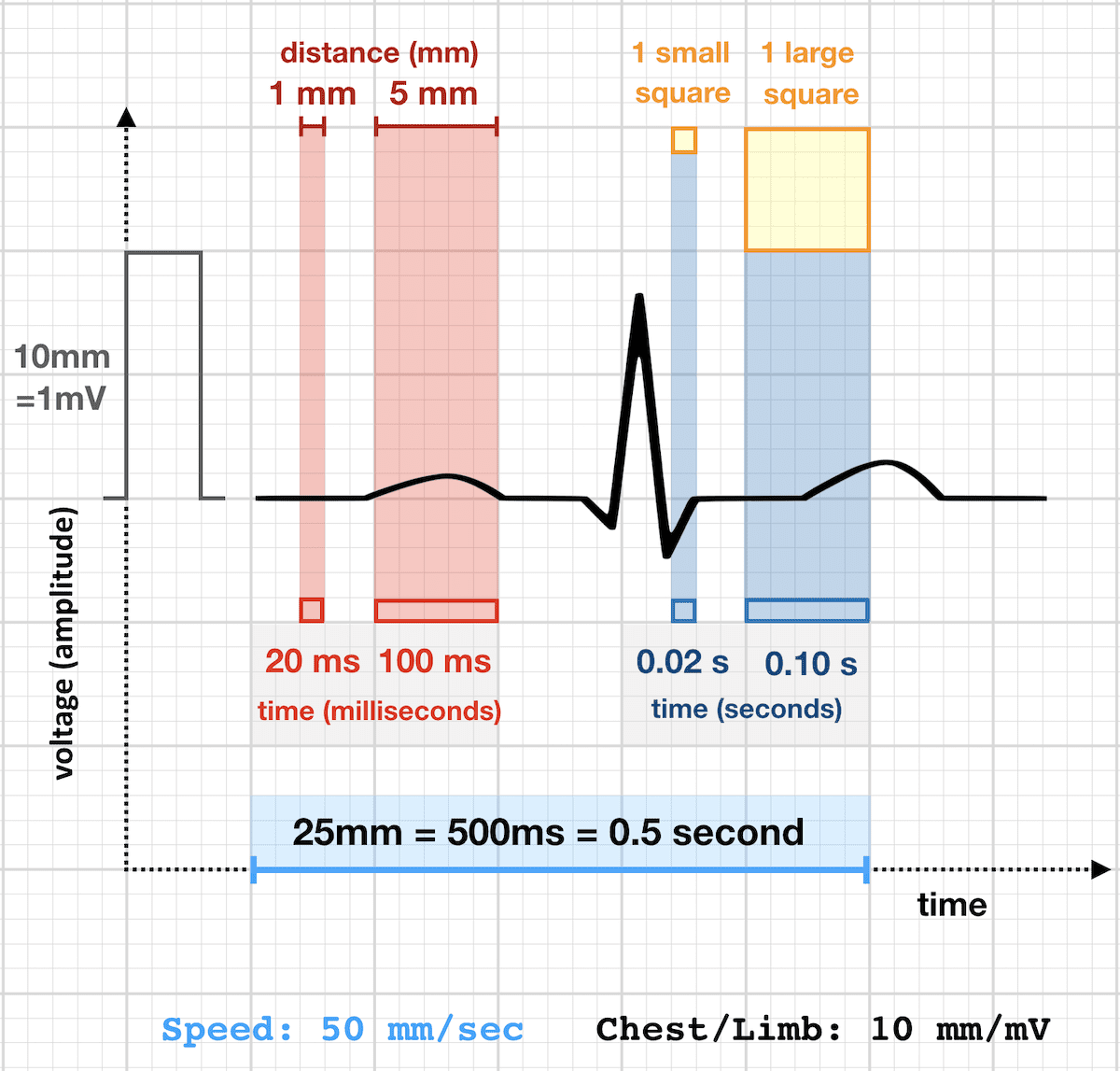



Ecg Rate Interpretation Litfl Medical Blog Ecg Library Basics
Distance markers on EKG represent 15 large boxes (3 seconds) Count QRS Complexes between spanning 2 distance markers (30 large boxes, 6 seconds) Multiply complex count by 10 for Heart Rate per minute;For example if there is 1 large square between R waves, the heart rate is 300 bpm;ECG rhythm strip = 250 SMALL squares = 50 LARGE squares = 10 seconds To calculate beats per minute (bpm) 1500 SMALL squares = 300 LARGE squares = 1 minute;
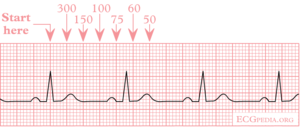



Rate Ecgpedia
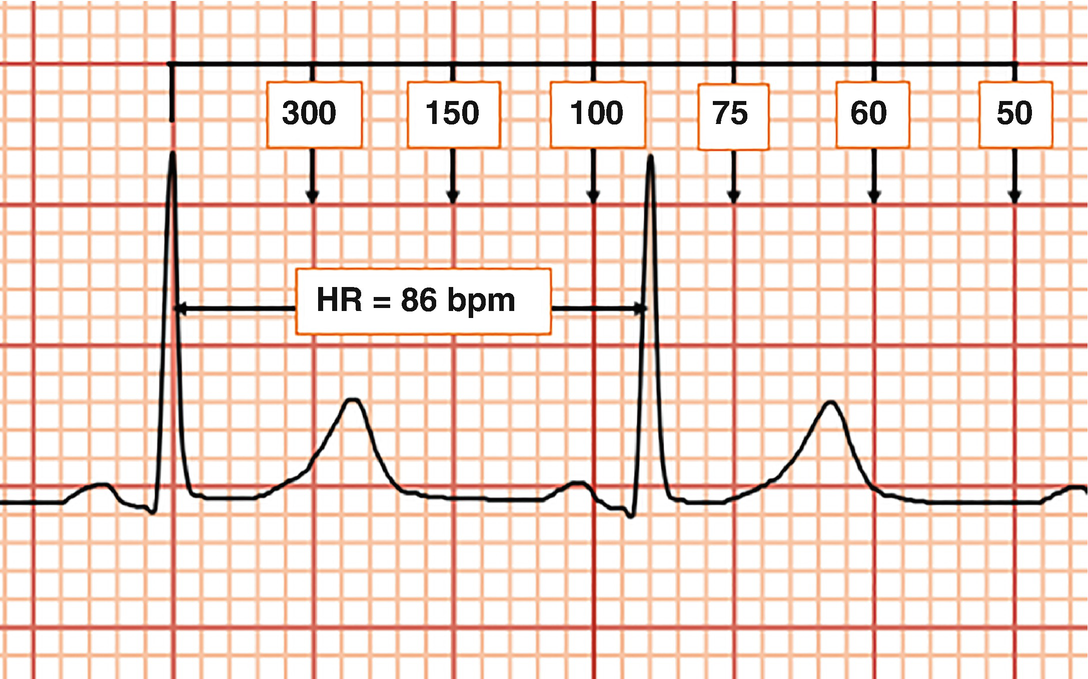



Approach To Ecg Interpretation Springerlink
LITFL 100 ECG quiz Clinical cases and self assessment to enhance interpretation skills through ECG problems Preparation for examinations Refresh basics with the ECG Library Basics; ECG Rate The Cardiac Ruler or Sequence Method Count the number of big boxes between R waves and count using the following numbers The Six Second Method Get 6 seconds of ECG tracing (ie 30 big boxes) and count the number of R waves that appear within that 6 second period and multiply by 10 For the sequence method, you count the bolded lines between each R wave You start at 300, then 150 at the next bolded line, then 100, then 75, then 60 and 50 You continue to count down until you reach the next R wave Image from insidefammedwiscedu The sequence method This just the beginning with analyzing a 6 second EKG or ECG strip




Medicowesome Mnemonics And Basics Of Ecg Interpretation




How To Read An Ecg
For example, if the interval between two QRS complexes is two large boxes, then the rate is 150 beats per minute (bpm) (300 ÷ 2 = 150 bpm) See the following images Heart rates associated with each of the large boxes in the following order are 300, 150, 100, 75, 60, 50, 43, 37, 33 beats per minute (bpm)The ECG paper runs at 25 mm/sec through the ECG printer Use the sequence Count from the first QRS complex, the first thick line is 300 bpm, the next thick line 150 etc Stop the sequence at the next QRS complex When the second QRS complex is between two lines, take the mean of the two numbers from the sequenceInterpretation of ECG Rhythm Normal Sinus Rhythm Rate b/min Rhythm regular P waves upright in leads I, II, aVF PR interval < s QRS < 10 s Sinus Bradycardia Rate < 60 bpm Rhythm regular Sinus Tachycardia Rate > 100 bpm AV Conduction Disturbances Atrioventricular conduction disturbances refer to blockage of electrical impulse



1




Ecg Basics Methods Of Heart Rate Calculation Youtube
The ECG Exam template;Two large squares, 150 bpm, three large squares, 100 bpm, four 75 bpmUsing the method 300 150 100 75 60 in the above example, 3 large boxes noted between two Rwaves, followed by roughly 25 small boxes would represent a ventricular rate of 85/min Another method is to divide 1500 by the number of small squares between two Rwaves




Snelle Overzichten Voor Eigen Gebruik Uit Snelle Interpretatie Van Ecg S Pdf Free Download




Ekg Lecture Series Fundamentals Flashcards Quizlet
View Cheat Sheet CV ECGpdf from PSYC MISC at Texas A&M University RATE 300 150 100 AXIS DEVIATION Normal Left Right 75 60 50 Lead I QRS 43 NORMAL SINUS RHYTHM •QRS What does a longer QRS indicate? On the EKG, locate a R wave that matches a thick line, count the number of large squares to the next R wave Heart rate is 300 divided by the number of large squares, and that's it!




Ppt Heart Rate Powerpoint Presentation Free Download Id



Large Block Method To Calculate Heart Rate Ecg Medical Training
5 SMALL squares = 1 LARGE square = 02 seconds;General Schema Rate Rhythm Axis Intervals Morphology Rate Regular rhythms, " Rule of 300 " = 300 ÷ (large boxes between QRS complexes) 300, 150, 100, 75, 60, 50 Irregular rhythms or severe bradycardia = (total number of QRS complexes on ECG) x 6 Rhythm This method uses the sequence Thus, the first thick line is 300, the next is 150, and so on First, count from the first QRS complex and stop the sequence at the next QRS complex Then, when 2nd QRS complex is in between 2 thick lines Lastly, take the mean of those 2 lines




Como Calcular La Frecuencia Y Ritmo Cardiaco




Ecg Basics Rebel Em Emergency Medicine Blog
Divide 300 by box count 300, 150, 100, 75, 60, 50 Heart rates associated with each of the large boxes in the following order are 300, 150, 100, 75, 60, 50, 43, 37, 33 beats per minute (bpm) Heart rate boxes ST depressionLo primero que vamos a hacer es buscar una onda R que coincida con una línea negra gruesa en el ECG Paso 2 Cuente "300, 150, 100" para las tres líneas gruesas que le siguen a la línea inicial y consecutivamente para las que le siguen a las primeras tres iniciales




The Second Method Uses Small Boxes Count The Number Grepmed




Rate
300 150 100 70 60 50 43 38 Rhythm If your ECG doesn't print a 10 second, single lead, strip below the ECG consider looking at the basic rhythm strip 100 ECG Quiz Other Great Resources Here's a blog post from Dr Grauer, ECG Guru and host of the ECG Interpretation Blog, sharing his Systematic Approach to ECG Interpretation 3 large blocks 100 2 large blocks 150 1 large block 300 We know the "normal" heart rate is (although some would argue that 5090 is more accurate) Using the normal heart rate should have 35 large blocks between Rwaves More than 5 large blocks is a bradycardia and fewer than 3 blocks is a tachycardiaEcg Basics Methods Of Heart Rate Calculation Youtube Use that as the start Rwave and then count success big boxes from the start as 300, 150, 100, 75, 60, 50 Below 50, use the formula given in method #2 This method is good for regular rhythms Method #2 300 divided by the number ofThe 300, 150, 100, 75, 60, 50 method can be used to determine




Como Calcular La Frecuencia Y Ritmo Cardiaco
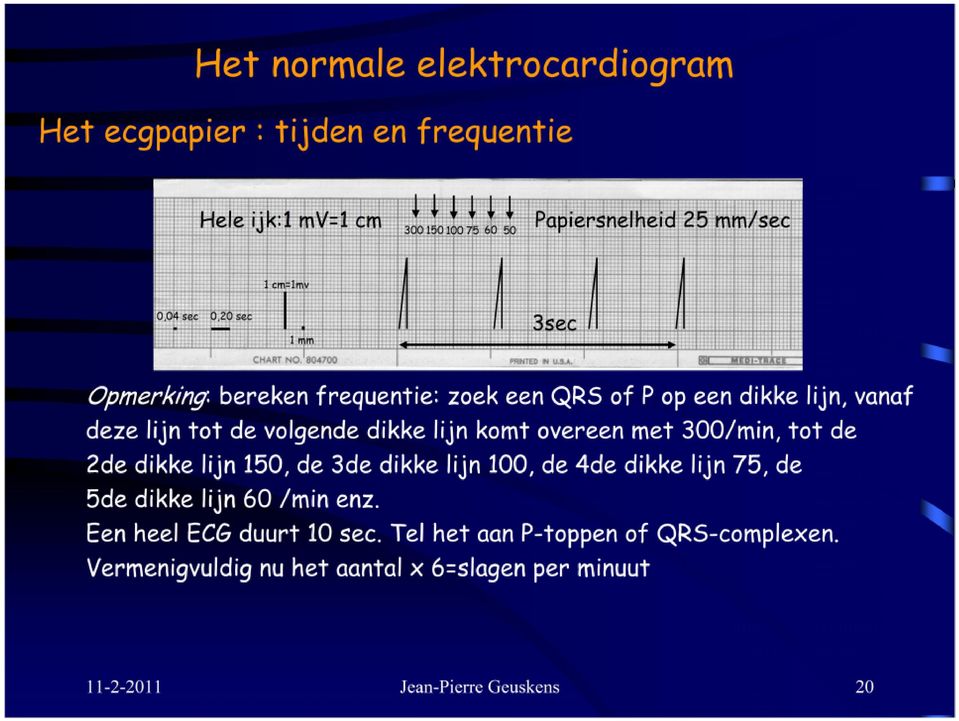



Het Normale Elektrocardiogram Zie Voor Nog Uitgebreidere Informatie Pdf Free Download
How many electrodes at the minimum are required for an ECG recording?Interval between complexes Count large boxes (02 seconds) between complexes;300, 150, 100, 75, 60, 50 Figure 4 Common Method Mathematical method Use this method if there is a regular bradycardia, ie rate 50 If the distance between the two R waves is too long to use the common method, use the approach 300/# large boxes between two R waves
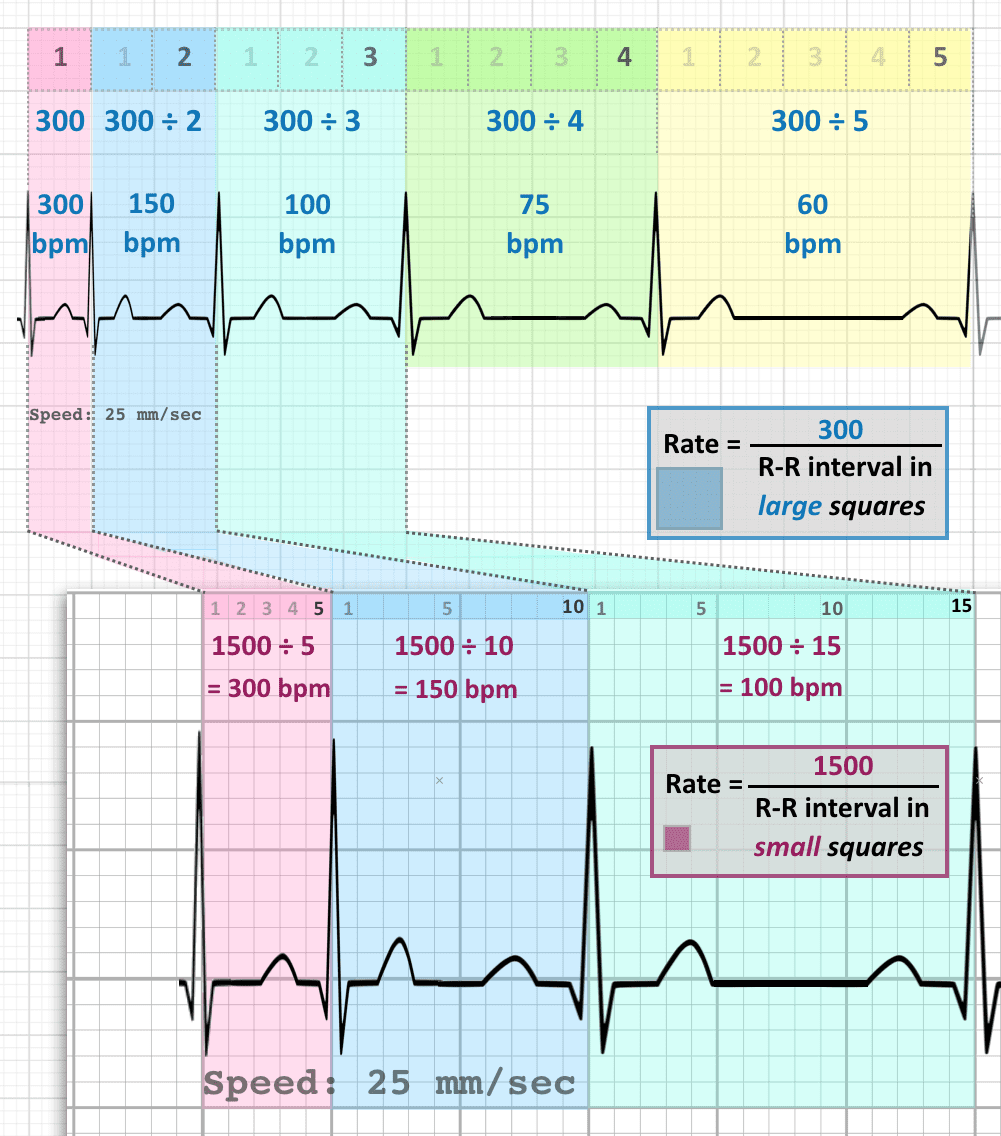



Ecg Rate Interpretation Litfl Medical Blog Ecg Library Basics




Using The 300 150 100 75 60 50 Method Youtube
ECG 2 A QRS complex on a thick line is taken as reference and thick lines to the next QRS complex on a thick line are counted The next QRS complex is on the third thick line The heart rate is 100 /minute This calculation method is valid only at aExample #3 These QRS complexes are less than two large boxes apart, thus the heart rate is between 150 and 300 bpm Multiply the number of QRS complexes by Use that as the start Rwave and then count success big boxes from the start as 300, 150, 100, 75, 60, 50 Below 50, use the formula given in method #2 This method is good for regular rhythms Method #2 300 divided by the number of




Ecg
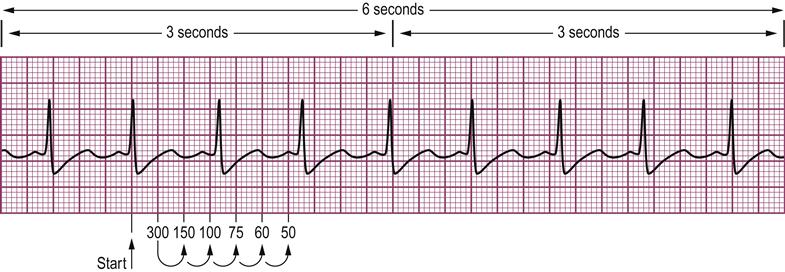



Cardiac Arrhythmias And Conduction Disturbances Musculoskeletal Key
300/1 = 300 per minute 2 large squares 300/2 = 150 per minute 3 large squares 300/3 = 100 per minute 4 large squares 300/4 = 75 per minute 5 large squares 300/5 = 60 per minute 6 large squares 300/6 = 50 per minute 300, 150, 100, 75, 60, 50, 43, 37, 33 The heart rate irregular rhythm If the heart rate is irregular, count the number of QRS complexes on the ECG and multiply by 6 to obtain the average heart rateDivide the number of large boxes into 300 This method is only recommended for regular rhythms 300, Select one 60 75 Movement 50 150 Tremors , 100, Select one 60 75 Movement 50 150 Tremors , 60, Select one 60 75 Movement 50 150 Tremors




Ecg Cheatsheet




Ecg Worksheet Pdf Electrocardiography Cardiovascular Physiology
5 LARGE squares = 1 second;As an example of using the mnemonic, in the segment of the EKG below, start at the QRS that lines up with the vertical line at "0" Now counting back each vertical line to the previous EKG "" we notice the HR to be slightly less than 100 (probably around 9095) Figure 2
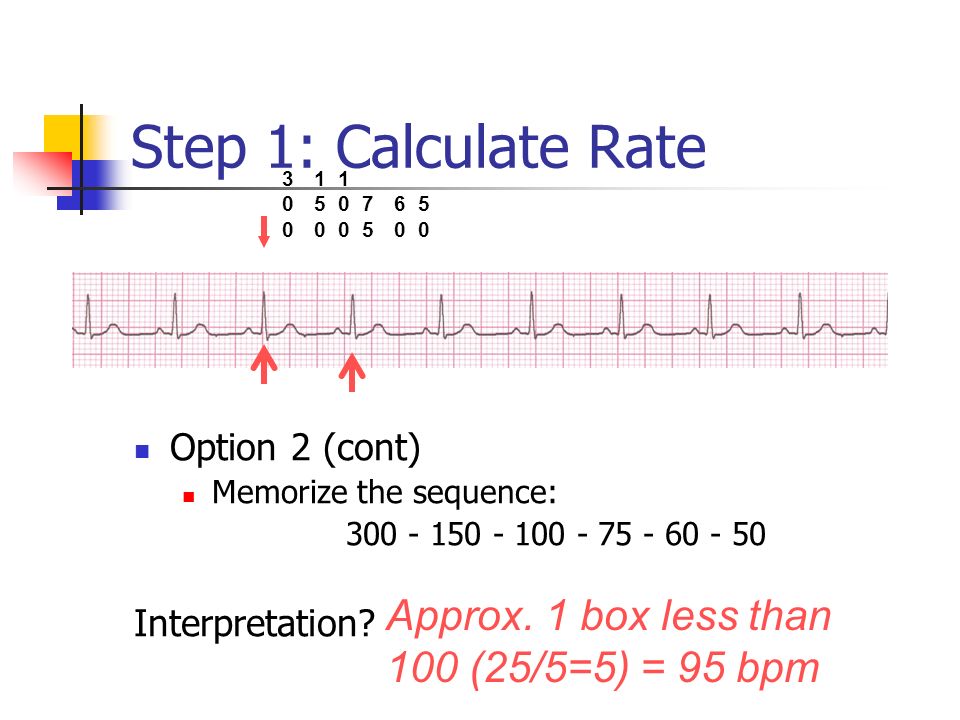



Dr Boyd St Elizabeth Healthcare Ppt Download




Introduction To Ecgs 1 Discussion Topics N Ecg




Ekg Befundung Herzfrequenz In Sekunden Bestimmen 300 150 100 Methode Youtube



3




Hartritme Op Het Ecg Hartfrequentie In Rust Is De Normale Sinusknoopfrequentie 60 80 Slagen Per Studeersnel




Electrocardiography Basic Knowledge With Focus On Fetal And Pediatric Ecg Springerlink



2




A Sample Ecg Signal With N 300 B Transform Of The Signal From Download Scientific Diagram




Ecg For Interns Online Presentation




3 Heart Rate Fast Easy Ecgs A Selfpaced




How To Read Ecg



2
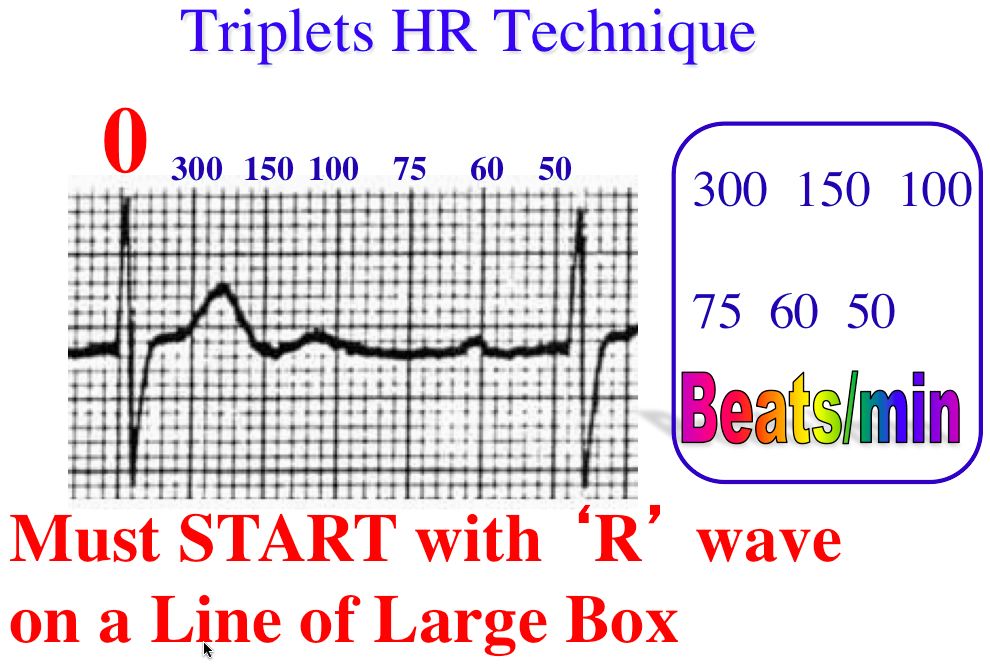



Triplets R To R 6 Second Heart Rate Method
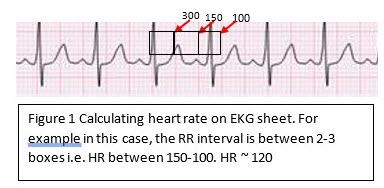



Ekg Interpretation



Clinical Junior Com Ecg Ekg Interpretation Basics How To Read Mi Myocardial Infarction Angina Af Atrial Fibrillation St Elevation Depression




Ecg Basics Methods Of Heart Rate Calculation Youtube Nursing School Notes Nursing School Survival Nursing Notes




Rate Ecgpedia




How Is The Heart Rate Determined On Electrocardiography Ecg
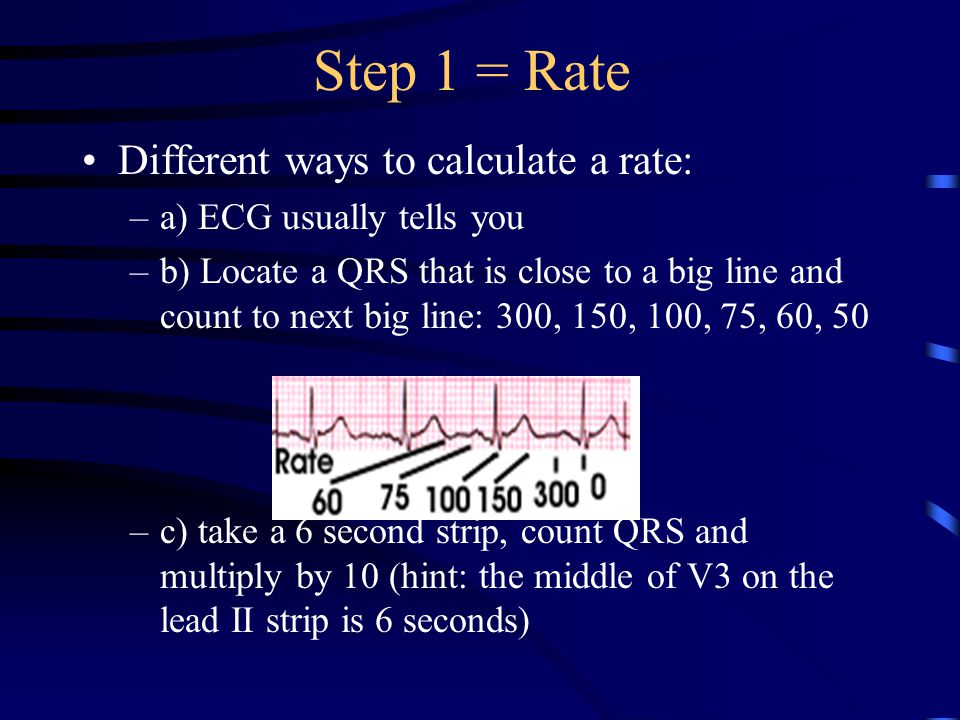



Ecg Interpretation Ppt Download
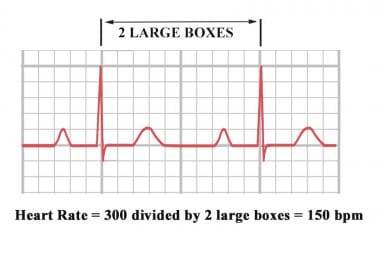



How Is The Heart Rate Determined On Electrocardiography Ecg



Plos One Population Nutrikinetics Of Green Tea Extract




Chapter 4 And 5 Review Chapter 04 Heart Rate Chapter 05 Regularity Chapter 04 Heart Rate 10 Studocu



Methodes De Calcul De La Frequence Cardiaque Fc




Cardiometer Liniaal Voor Verpleegkundigen Voor Maar 4 95



Ekg Paper Ems Education
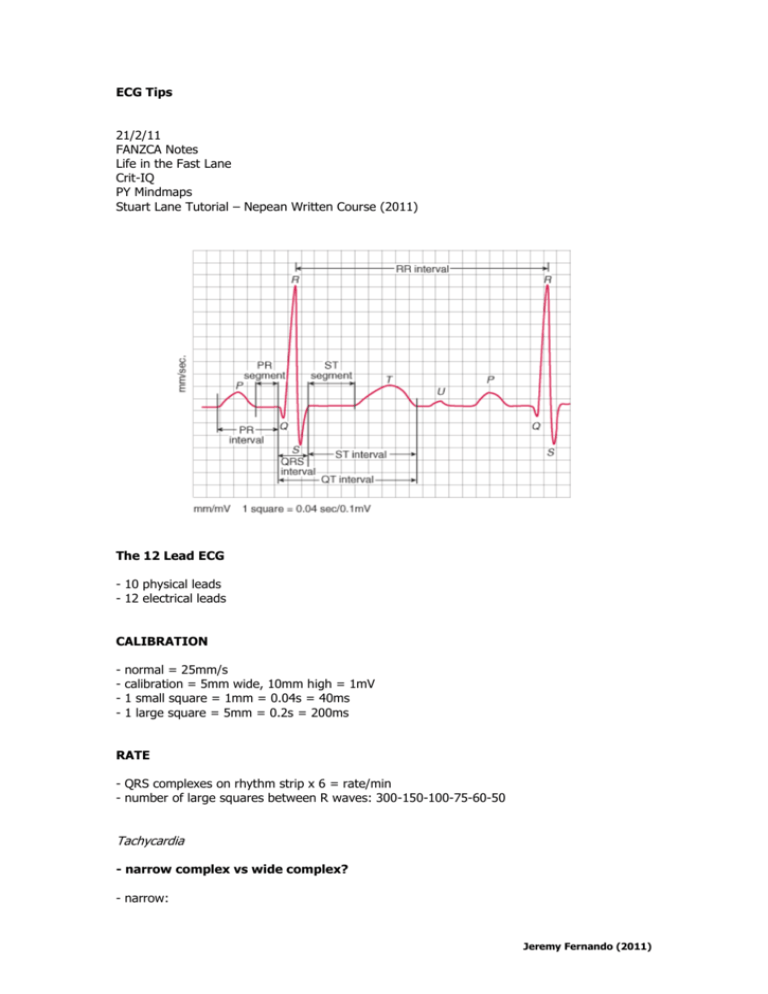



Ecg Tips
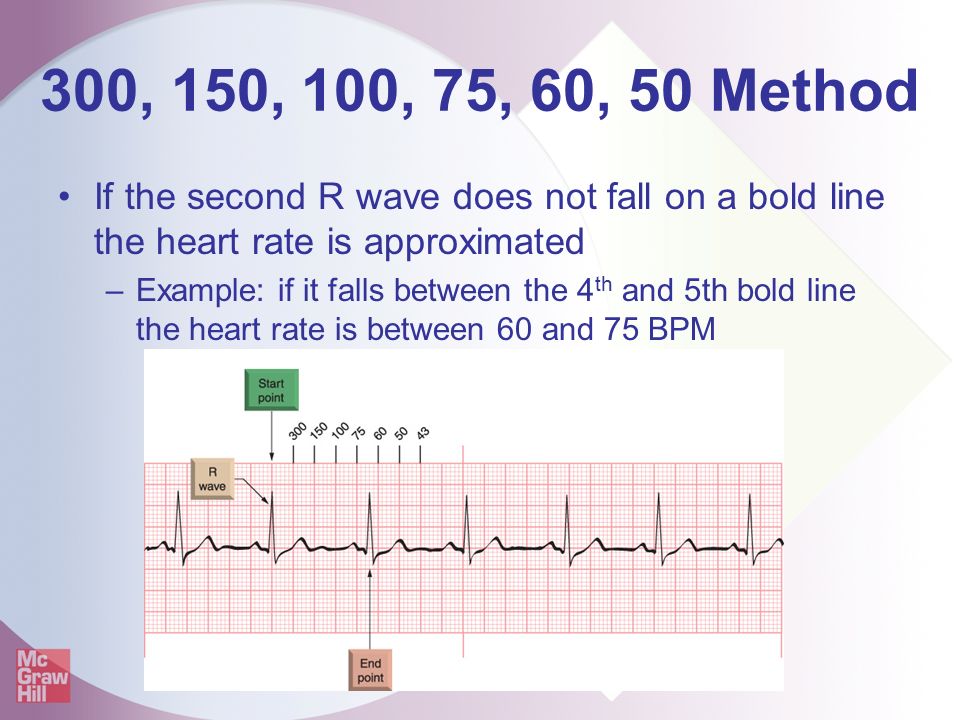



Fast Easy Ecgs A Self Paced Learning Program Ppt Video Online Download




Shadechapter03 Ppt Read Only



1




Ecg Basics Rebel Em Emergency Medicine Blog




Ekg Interpretation Cheat Sheet 1 Rate Regular Grepmed



Large Block Method To Calculate Heart Rate Ecg Medical Training




Ppt Nursing Interpretation Of The Electrocardiogram Ecg Telemetry Powerpoint Presentation Id




3 Heart Rate Fast Easy Ecgs A Selfpaced



Nursing Bibs Ekg Rate



Large Block Method To Calculate Heart Rate Ecg Medical Training



2



How To Calculate Heart Rate From




Otecasista Tips Del Ecg Facebook




Basics Of Ekg Interpretation Online Presentation




Heart Rate The Premier Ekg Resource For Medical Professionals Ekg Md Dr Anthony Kashou
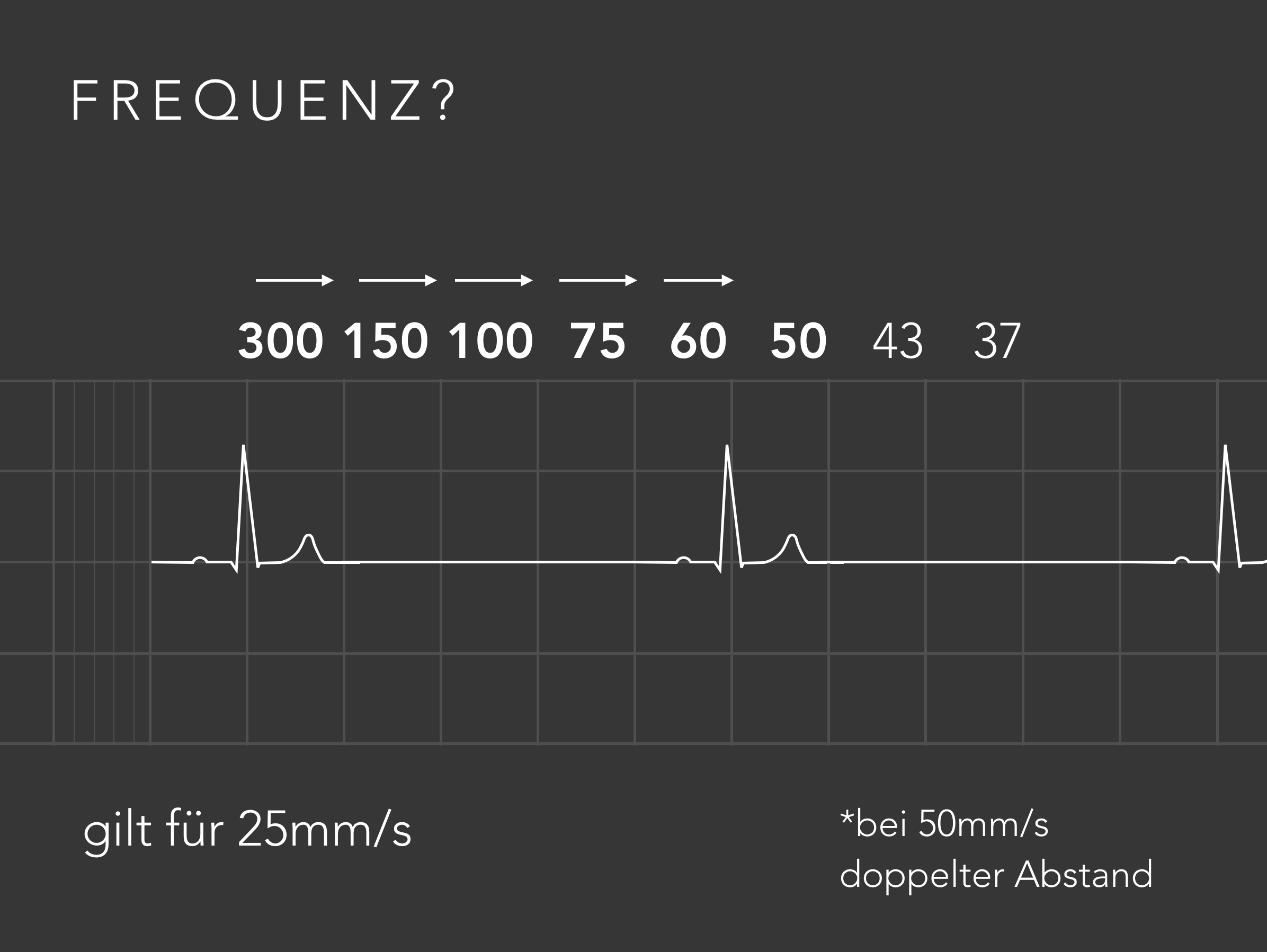



Ekg Im Notfall Basics Nerdfallmedizin De



2



Ekg Paper Ems Education



2



2




How To Find Heart Rate Pulse From Ekg Youtube
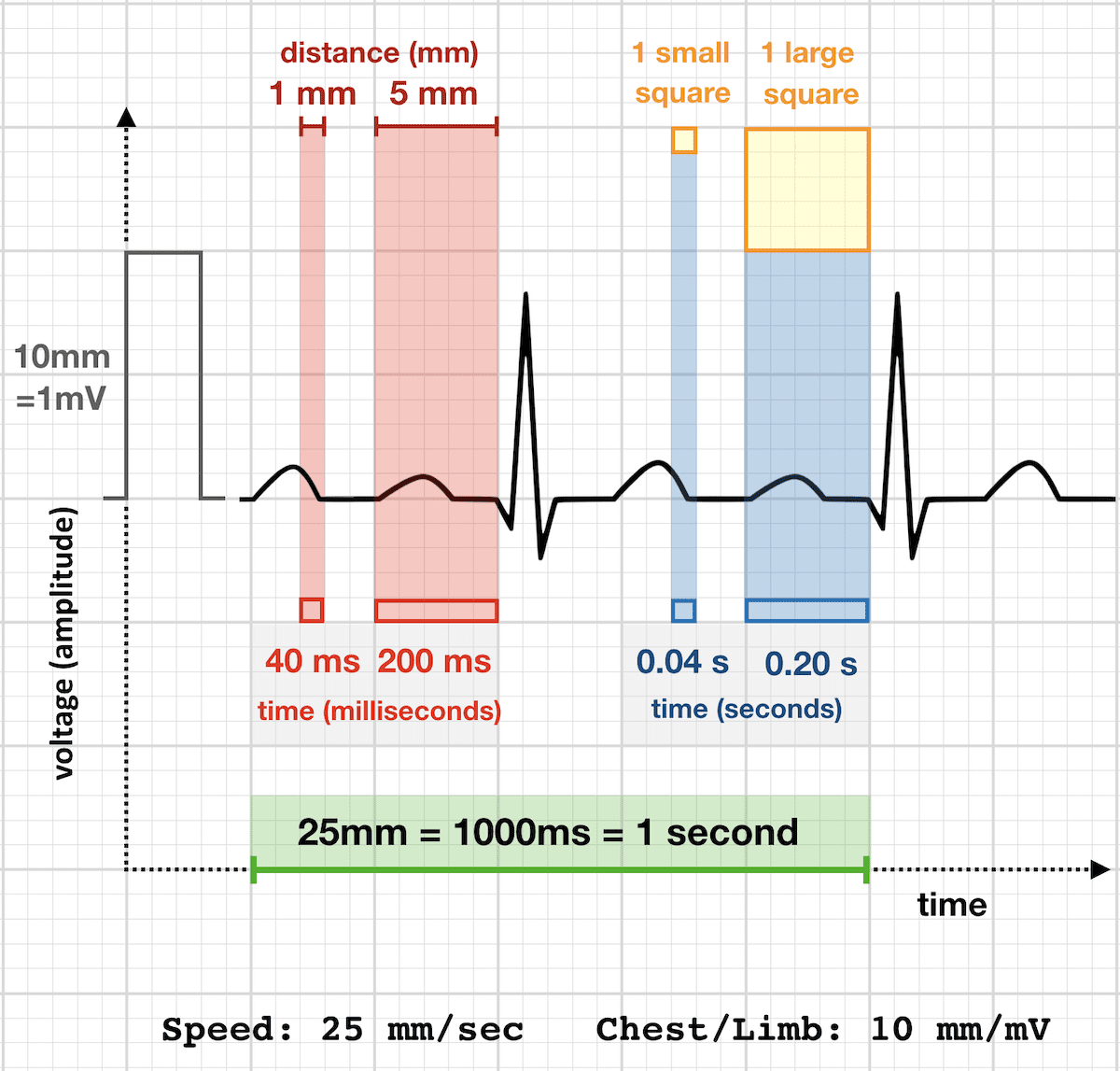



Ecg Rate Interpretation Litfl Medical Blog Ecg Library Basics



Ecg A Pictorial Primer




100 Ecg S Met Uitleg Vgt Cursus




Samenvatting Cmi Week 1 2 Samenvatting Cmi Week 1 Week 1 Ictus Cordis Terugstoot Hartslag Te Studeersnel




How To Compute The Rate Youtube



Plos One Exploring Magnetohydrodynamic Voltage Distributions In The Human Body Preliminary Results



Hoe Interpreteer Je Een Ecg Vgt Cursus
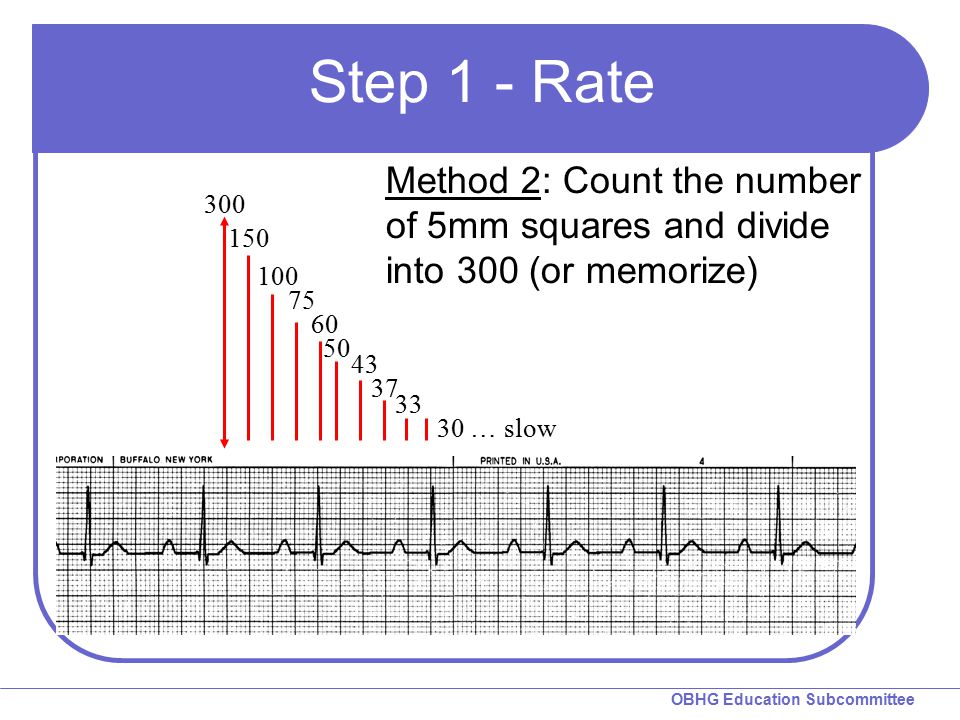



Chapter 1 For 12 Lead Training Rhythm Basics Ppt Video Online Download




Ecg Basics Rebel Em Emergency Medicine Blog



2
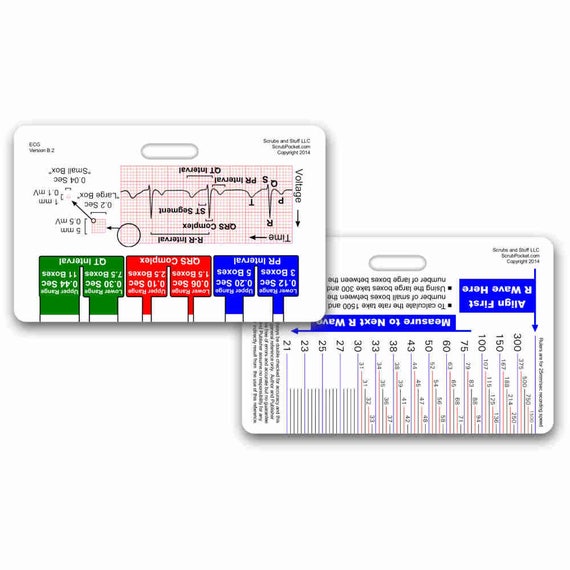



Ekg Liniaal Badge Pocket Kaart Horizontaal Voor Etsy
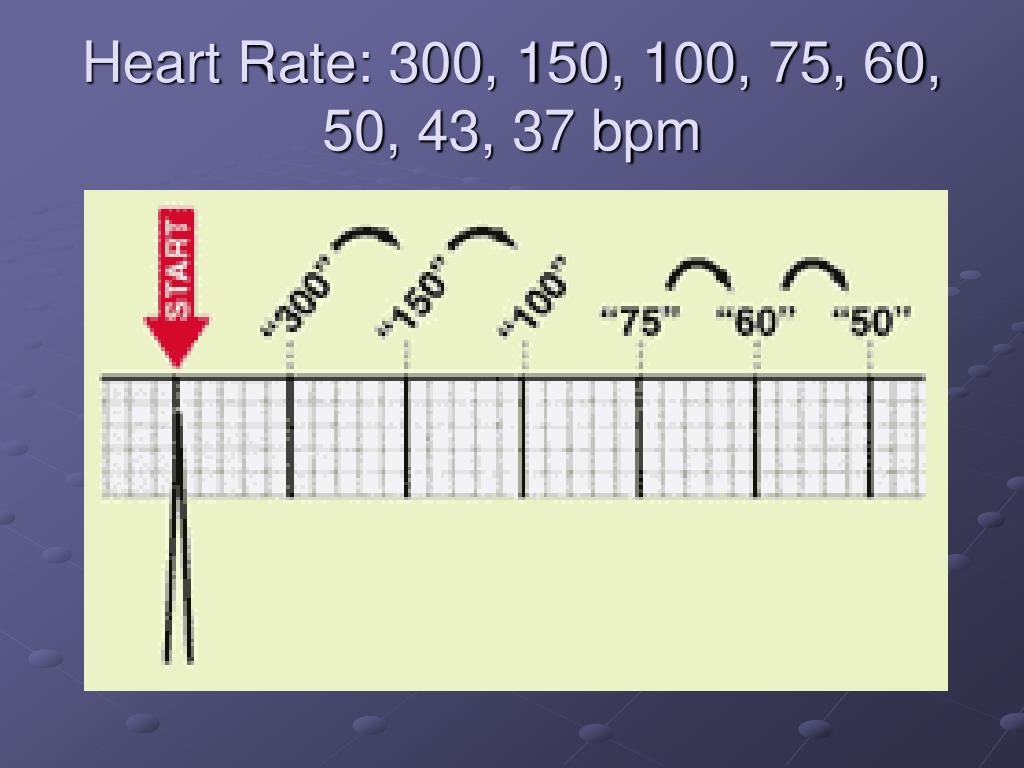



印刷 300 150 100 75 60 50 300 150 100 75 60 50 Pngfreegejpl6d4



2




Learning How To Read Electrocardiograms Ekgs Can We Calculate The Rate




Ecg Basics Methods Of Heart Rate Calculation Youtube
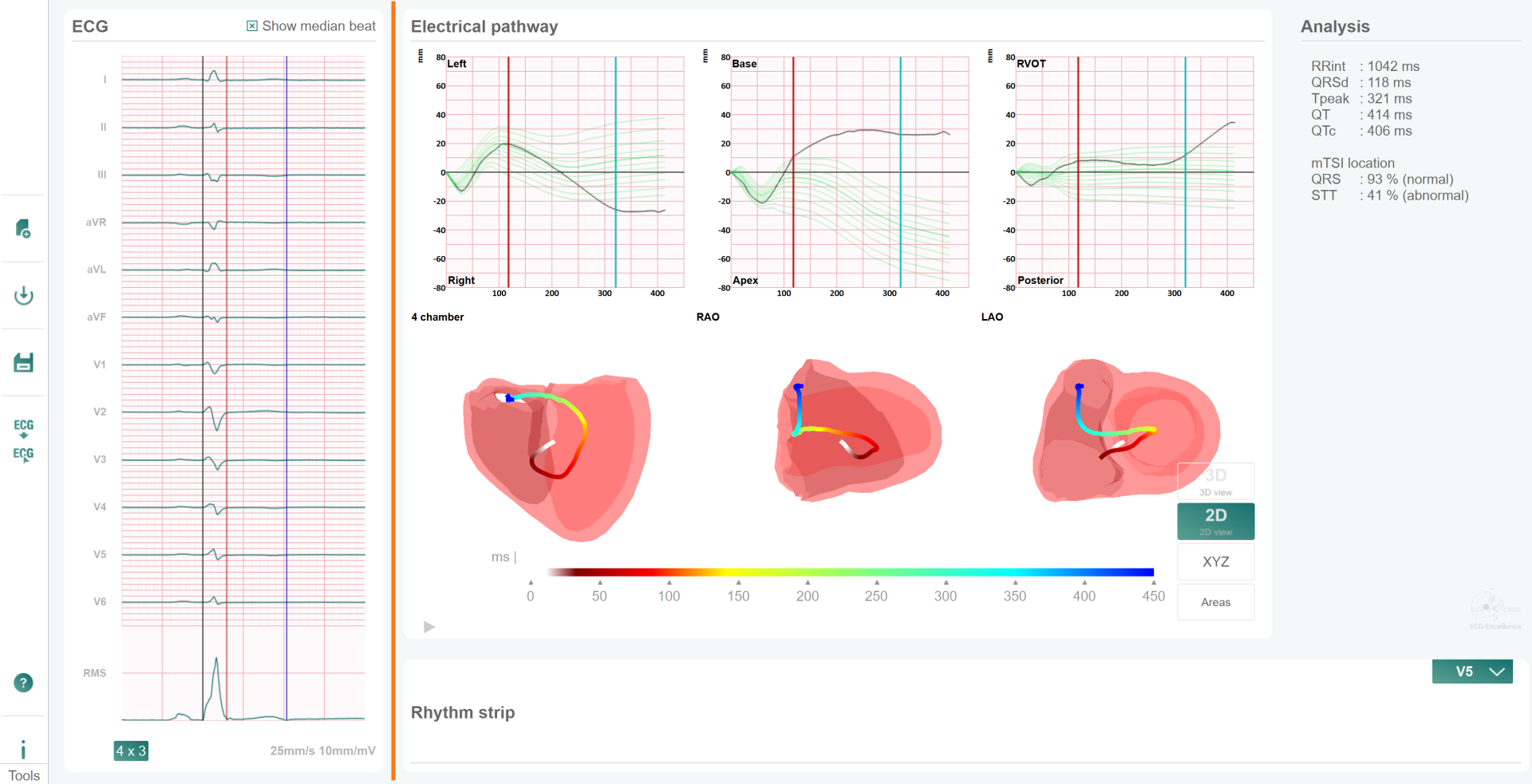



Rapid Detection Hidden Heart Problems In Covid19 Patients Ecg Excellence




印刷 300 150 100 75 60 50 300 150 100 75 60 50 Pngfreegejpl6d4



Example Of Simulated Ecg Lead I Of The Afl Scenario Sc1 With Download Scientific Diagram



2
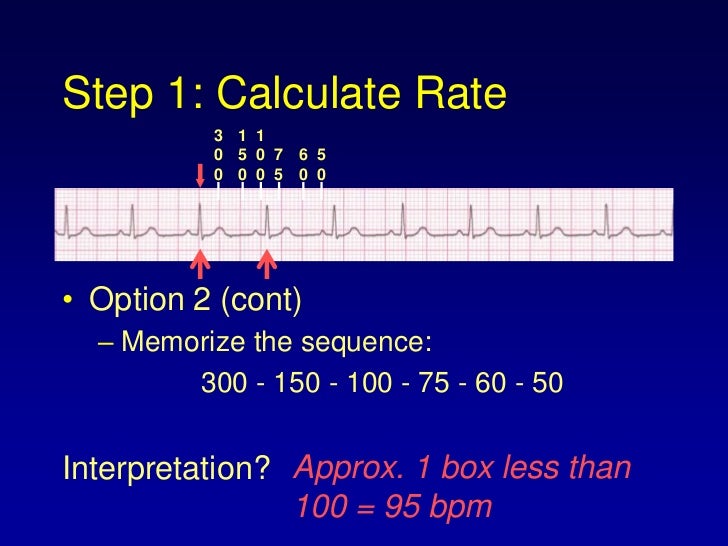



Ekg Module 2




Ecg Basics Unofficial Cardiology Facebook




How To Read An Ecg



2




Cv Physiology Determining Heart Rate From The Electrocardiogram
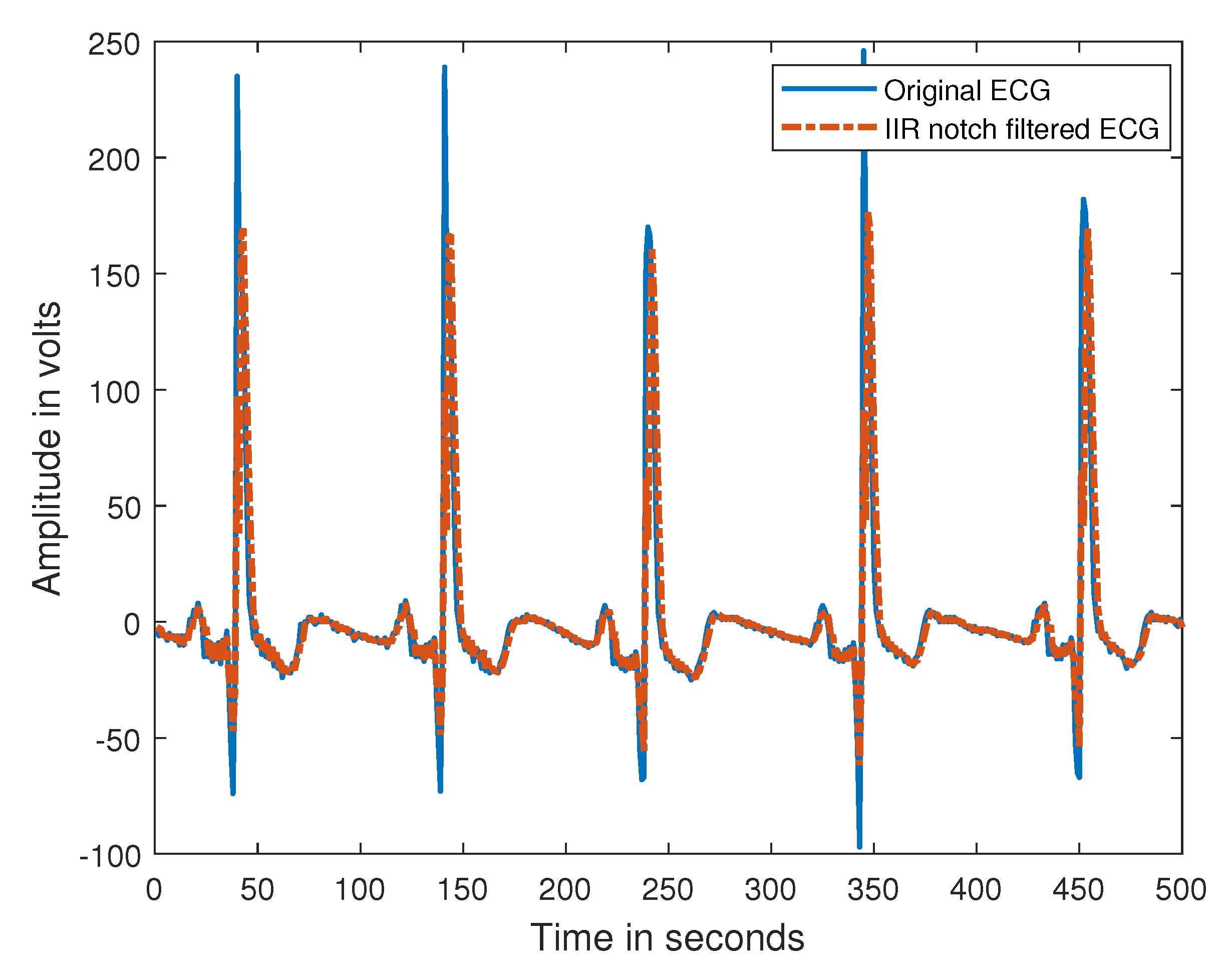



Applied Sciences Free Full Text Diagnosis Of Obstructive Sleep Apnea From Ecg Signals Using Machine Learning And Deep Learning Classifiers Html
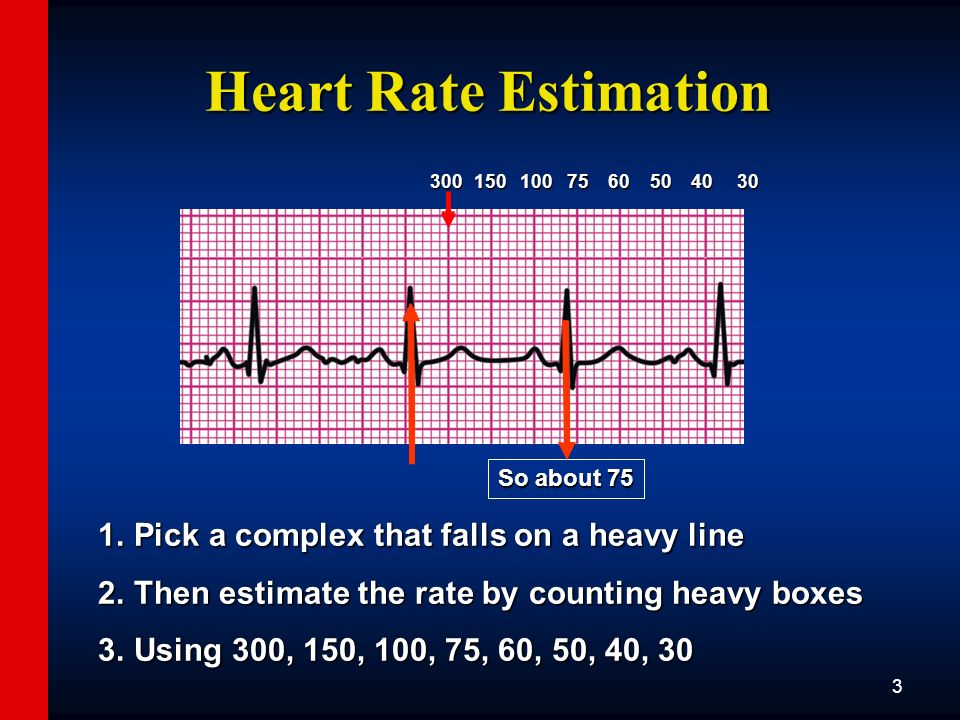



Basic Arrhythmias C 11 American Heart Association Do Not Edit Ppt Download



Ecg Analysis In Both Genders A Depicts The Ecg Tracking During The Pet Download Scientific Diagram



0 件のコメント:
コメントを投稿